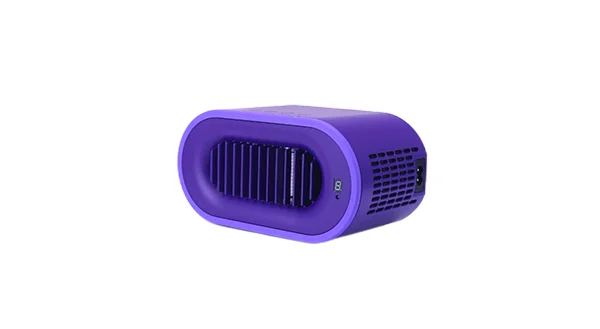When it comes to interior design and construction, the choice between ceiling tiles and drywall is a critical decision that can significantly impact aesthetics, functionality, and maintenance. Both materials have their unique advantages and disadvantages, making it essential to evaluate them based on various factors such as installation, acoustics, maintenance, and cost-effectiveness. This article delves into the nuances of ceiling tiles and drywall, helping you determine which option is better suited for your specific needs.
- Understanding the Basics: Ceiling Tiles vs. Drywall
Ceiling Tiles: Typically made from materials like mineral fiber, metal, or PVC, ceiling tiles are designed to be lightweight and easy to install. They are often used in commercial spaces but have gained popularity in residential applications due to their versatility and aesthetic appeal.
Drywall: Also known as gypsum board, drywall is a construction material made from a core of gypsum plaster sandwiched between two sheets of heavy paper. It is the standard choice for ceilings and walls in most buildings, offering a smooth finish that can be painted or textured.
- Installation: Speed and Complexity
Ceiling Tiles: One of the most significant advantages of ceiling tiles is their ease of installation. They can be laid into a grid system, allowing for quick and straightforward setup. This feature is particularly beneficial for DIY enthusiasts or in situations where time is of the essence. Additionally, ceiling tiles can be easily removed and replaced, making them ideal for spaces that require frequent updates or maintenance.
Drywall: While drywall installation can be more labor-intensive, it provides a seamless look that many homeowners prefer. The process involves framing, hanging, taping, and finishing, which can take significantly longer than installing ceiling tiles. However, once installed, drywall offers a more permanent solution that can withstand wear and tear better than tiles.
- Aesthetic Appeal: Design Flexibility
Ceiling Tiles: Available in a myriad of designs, colors, and textures, ceiling tiles offer unparalleled design flexibility. They can be used to create unique visual effects, such as coffered ceilings or intricate patterns, enhancing the overall aesthetic of a room. This versatility makes ceiling tiles a popular choice for creative spaces like restaurants, offices, and homes.
Drywall: While drywall provides a clean and modern look, it lacks the decorative options that ceiling tiles offer. However, drywall can be painted or textured to achieve a desired effect, and it can be easily integrated with other architectural elements, such as crown molding or recessed lighting.
- Acoustic Performance: Sound Control
Ceiling Tiles: One of the standout features of ceiling tiles is their ability to absorb sound, making them an excellent choice for spaces where noise control is a priority. Many ceiling tiles are designed with acoustic properties that help reduce echo and improve sound quality, making them ideal for offices, schools, and entertainment venues.
Drywall: While drywall does provide some sound insulation, it is generally less effective than ceiling tiles in controlling noise. For spaces where acoustics are crucial, additional soundproofing measures may be necessary when using drywall.
- Maintenance and Durability: Long-Term Considerations
Ceiling Tiles: Maintenance for ceiling tiles can be straightforward, as they can be easily cleaned or replaced if damaged. However, certain types of tiles may be more susceptible to moisture and mold, particularly in humid environments. It’s essential to choose tiles that are specifically designed for high-moisture areas if this is a concern.
Drywall: Drywall is generally more durable and resistant to impacts compared to ceiling tiles. However, it can be prone to water damage if not properly sealed or if exposed to excessive moisture. Repairing drywall can be more labor-intensive, as it often requires patching and repainting.
- Cost-Effectiveness: Budgeting Your Project
Ceiling Tiles: The initial cost of ceiling tiles can vary widely depending on the material and design chosen. While some options can be quite affordable, high-end decorative tiles can increase the overall budget. However, the ease of installation can lead to savings on labor costs.
Drywall: Generally, drywall tends to be more cost-effective in terms of material costs. However, the installation process can be more labor-intensive, which may offset some of the savings. For larger projects, the cumulative costs of drywall installation can add up, making it essential to consider both material and labor expenses.
Conclusion: Making the Right Choice
Ultimately, the decision between ceiling tiles and drywall hinges on your specific needs, preferences, and the intended use of the space. If you prioritize design flexibility, ease of installation, and sound absorption, ceiling tiles may be the better option. Conversely, if you seek a seamless, durable finish and are willing to invest time in installation, drywall could be the ideal choice.
In conclusion, both ceiling tiles and drywall have their merits, and understanding their differences will empower you to make an informed decision that aligns with your vision for your space. Whether you’re renovating a home or designing a commercial environment, weighing these factors will ensure that you choose the best solution for your needs.

